Training Your Puppy: Simple Steps to Master Basic Commands in Just Weeks
Training a puppy can be one of the most rewarding experiences for both pet owners and their furry companions. Early training helps to establish a strong bond, encourages good behavior, and ensures a well-mannered adult dog. This article provides simple, effective steps to teach your puppy basic commands in just a few weeks.
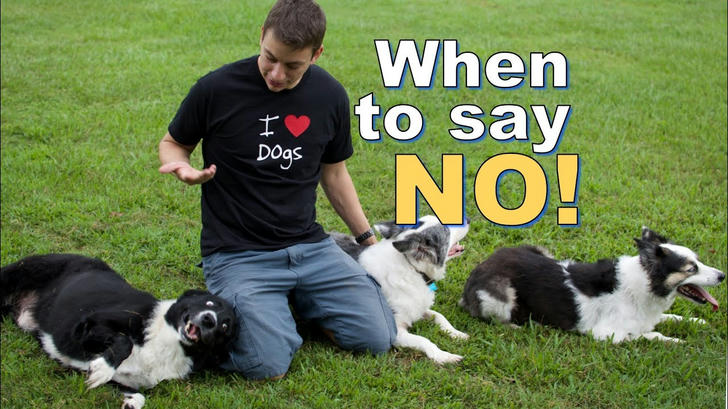
Why Training is Important
Training is crucial for several reasons:
1.Safety: Commands like "come" and "stay" can prevent dangerous situations.
2.Socialization: Training exposes puppies to various environments, people, and other animals, helping them become well-adjusted adults.
3.Bonding: Training sessions are an excellent opportunity for bonding and building trust between you and your puppy.
Preparing for Training
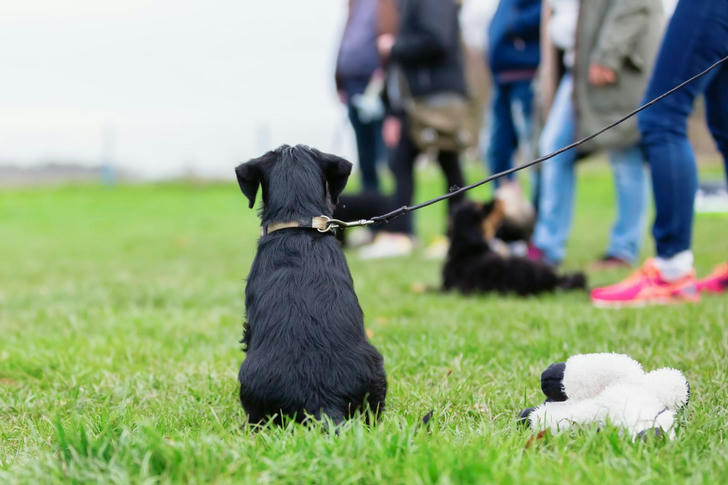
Before starting the training process, ensure you have the following:
1.Training Treats: Use small, soft treats that your puppy loves. These will serve as rewards during training.
2.Clicker (optional): A clicker can help mark desired behaviors immediately, making training more effective.
3.Training Area: Choose a quiet, distraction-free area to conduct training sessions.
Basic Commands to Teach

Focus on these fundamental commands:
1.Sit
2.Lie Down
3.Come
4.Stay
5.Leave It
Step-by-Step Training Instructions
1. Teaching "Sit"
Why it’s important: "Sit" is one of the first commands every puppy should learn as it helps to establish control and is a prelude to many other commands.
How to teach:
Get your puppy's attention: Hold a treat close to their nose.
Move the treat: Slowly move the treat upward, allowing their head to follow while their bottom drops.
Reward: As soon as they sit, say "sit" and give them the treat.
Repeat: Practice this several times daily for short sessions (5-10 minutes).
2.Teaching "Lie Down"
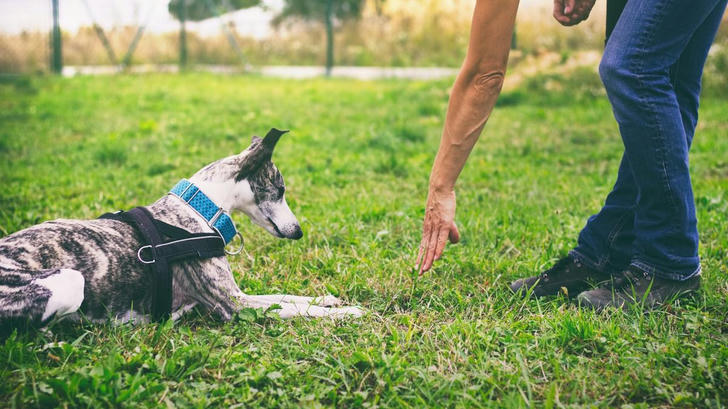
Why it’s important: "Lie down" helps calm excited puppies and sets them up for other commands.
How to teach:
Start from "sit": Get your puppy to sit first.
Use the treat: Hold a treat in front of their nose, then lower it towards the ground.
Encourage movement: Move the treat away from them to encourage them to lie down.
Reward: As soon as they lie down, say "lie down" and give them the treat.
Practice: Repeat this process, gradually reducing the use of treats as they learn.
3.Teaching "Come"
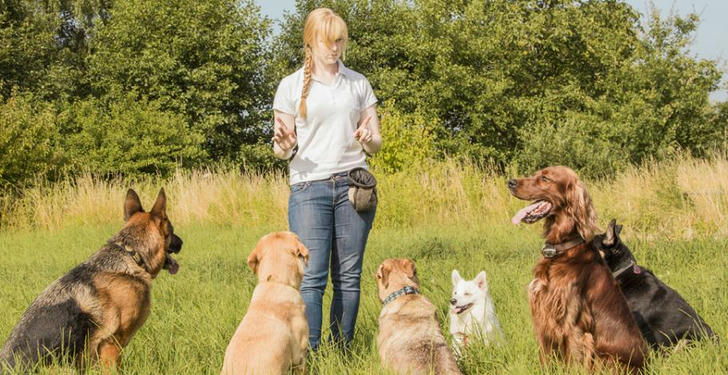
Why it’s important: "Come" is essential for safety, especially in outdoor settings.
How to teach:
Use a leash: Attach a leash to your puppy to maintain control.
Call them: Get down to their level, say "come" in an enthusiastic tone, and gently pull on the leash if necessary.
Reward: When they come to you, offer praise and treats.
Practice off-leash: Once they master this with the leash, practice in a secure area without it.
4.Teaching "Stay"
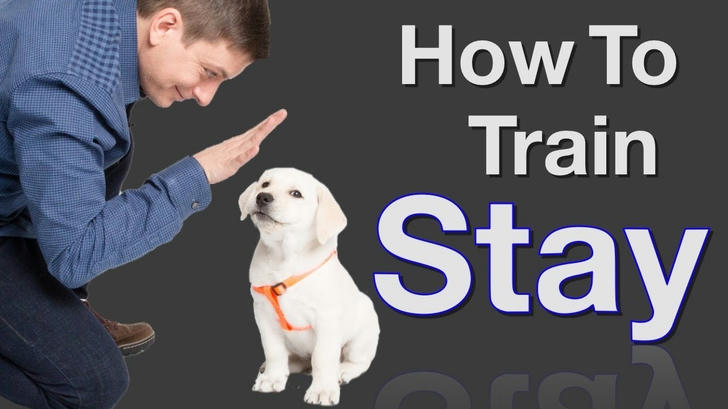
Why it’s important: "Stay" helps with impulse control and can be vital in various situations.
How to teach:
Start with "sit": Have your puppy sit first.
Use a hand signal: Open your palm towards them, say "stay," and take a step back.
Increase distance: Gradually increase the distance and duration before returning to reward them.
Reward: Always reward them for staying in place, even for a few seconds initially.
5.Teaching "Leave It"
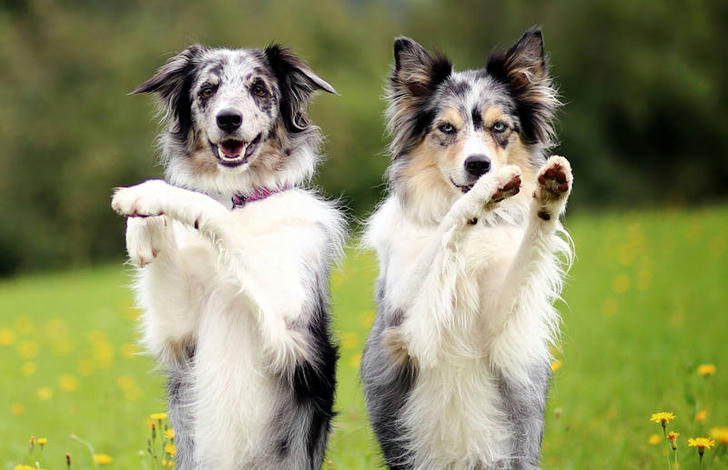
Why it’s important: This command helps to prevent your puppy from picking up harmful or unwanted items.
How to teach:
Show a treat: Hold a treat in your hand, letting your puppy see it.
Close your hand: Say "leave it" and close your hand around the treat.
Ignore attempts: Wait for them to lose interest. When they do, reward them with a different treat.
Practice: Repeat this until they understand that "leave it" means they should ignore the first treat.
Training Tips for Success
Consistency is Key: Use the same commands and signals consistently to avoid confusing your puppy.
Short Sessions: Keep training sessions brief (5-10 minutes) to maintain your puppy's attention and enthusiasm.
Positive Reinforcement: Always reward good behavior with treats, praise, or playtime. This reinforces learning.
Be Patient: Puppies learn at their own pace. Stay calm and patient, even if progress seems slow.
Socialization: Expose your puppy to different environments, people, and animals. This can enhance training effectiveness.
Common Challenges
Distractions: Puppies are easily distracted. Practice in a quiet space initially and gradually introduce distractions.
Boredom: Keep training sessions varied to maintain interest. Use different treats or toys as rewards.
Frustration: If your puppy struggles with a command, take a break and try again later.
Conclusion
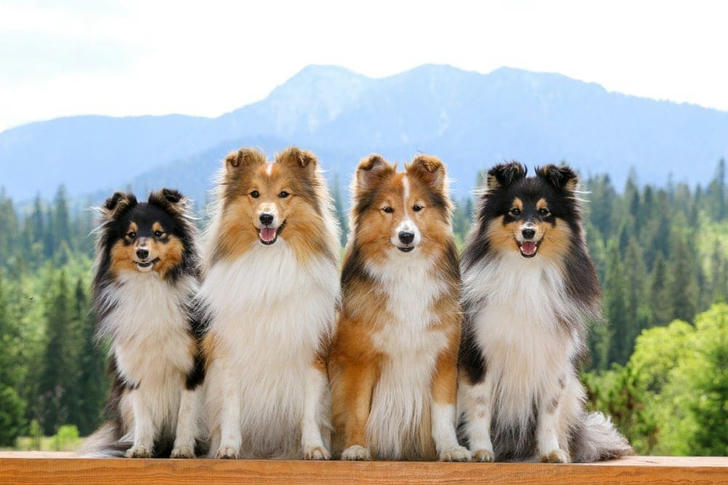
Training your puppy to master basic commands can be an enjoyable and fulfilling experience. With consistent practice, patience, and positive reinforcement, your puppy can learn essential commands in just a few weeks. Remember, every puppy is unique; adjust your training techniques to suit their personality and energy levels. Embrace the journey, and enjoy the bond that forms through training—it's the foundation for a lifelong friendship with your furry companion.
